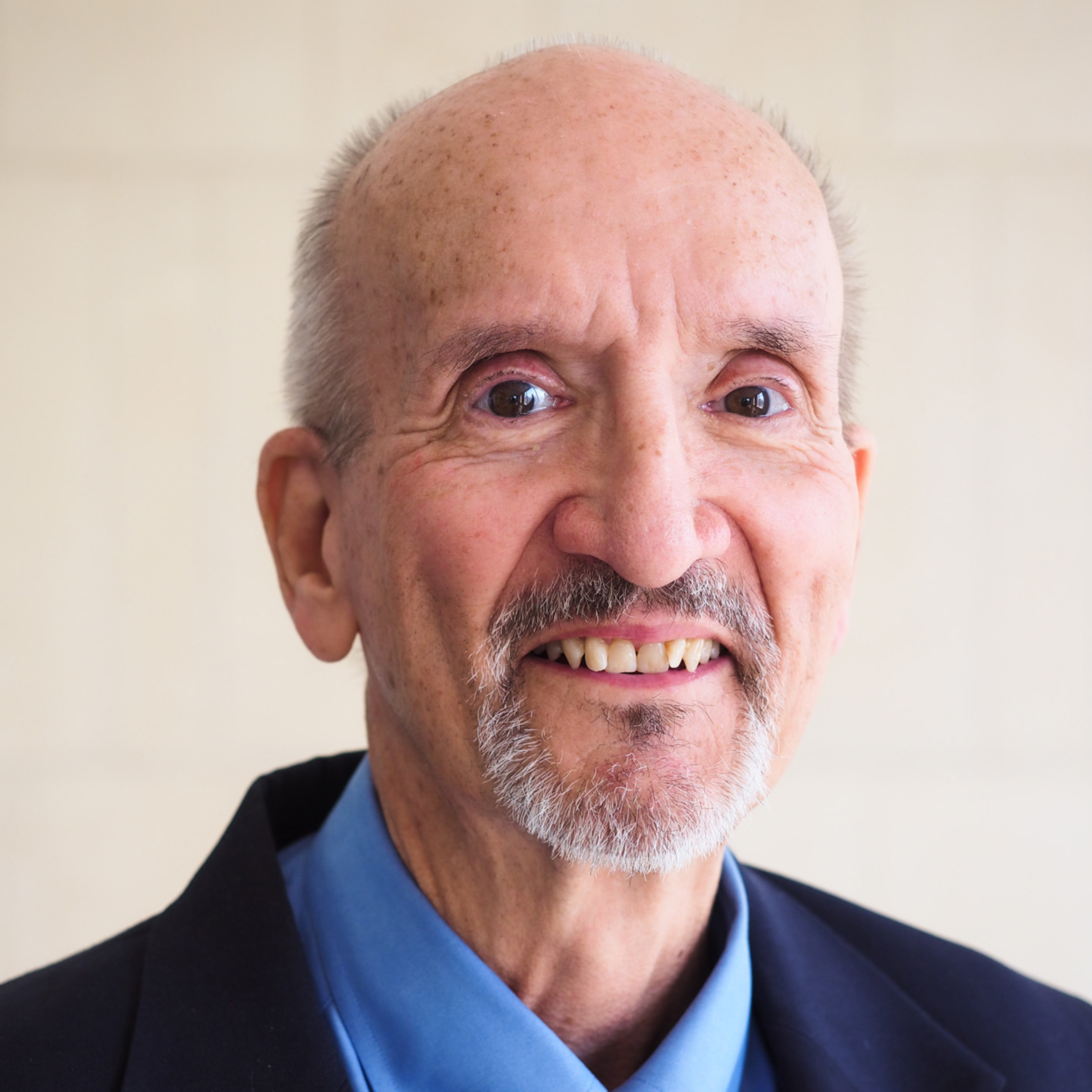Marvin L. Hackert
- Professor
- William Shive Centennial Professorship in Biochemistry
- Senior Associate Dean, Office of the Vice Provost and Dean of Graduate Studies
- Molecular Biosciences

Contact Information
Research
Dr. Hackert's research interests are in structural molecular biology. These studies concern the characterization, mechanism of action, and structures of proteins and their complexes using the tools of protein crystallography, protein engineering, and mutagenesis.
One area of study deals with proteins regulating polyamine biosynthesis. Polyamines are small, biogenic amines essential for cell growth that play key roles in DNA replication and the cell cycle. Ornithine decarboxylase (ODC) initiates polyamine biosynthesis and inhibitors of ODC have been used as anti-parasitic and anti-tumor agents. Antizyme (AZ) is a novel protein regulator of ODC levels. AZ was the first example of a mammalian cellular gene expressed by frameshifting, an exceedingly rare event only occasionally observed even for bacterial and viral genes. However, the frame-shifting requirement for AZ expression is broadly conserved from nematodes to man. At least three isoforms of human AZ have been identified, each with different functional properties. AZ-1 catalyzes a remarkable mode of ATP-dependent, but ubiquitin-independent, degradation of ODC by the 26S proteasome. Antizyme inhibitor (AZI) is an ODC homologue that acts to sequester AZ and rescue ODC activity. We have reported the X-ray structure of ODC and in collaboration with Dr. David Hoffman the NMR structure of antizyme. Future studies will focus on how the proteins ODC, antizyme inhibitor (AZI) and AZ work together to regulate polyamine levels in cells.
A second focus deals with the 4-OT "super-family"of proteins. This family of proteins is characterized by a catalytic, N-terminal proline residue and a sheet-helix-sheet structural domain of about 65 a.a. Most of these proteins are dimers or hexamers, although gene duplication has also produced subunits of about 130 a.a. residues that form trimers. Isomerization, tautomerization, dehalogenation, and decarboxylation activities have all been seen within this superfamily. We have determined several protein structures within the 4-OT superfamily with fuller biochemical characterizations in progress in collaboration with Dr. Chris Whitman.
Research Areas
- Biophysics or Structural Biology
Fields of Interest
- Structural Biology and Biophysics
- Molecular Biology and Genetics
Centers and Institutes
- Interdisciplinary Life Sciences Graduate Programs
Education
- NIH Postdoctoral Fellow, Purdue University (1974)
- Ph.D., Iowa State University (1970)
- B.A., Central College (1966)
